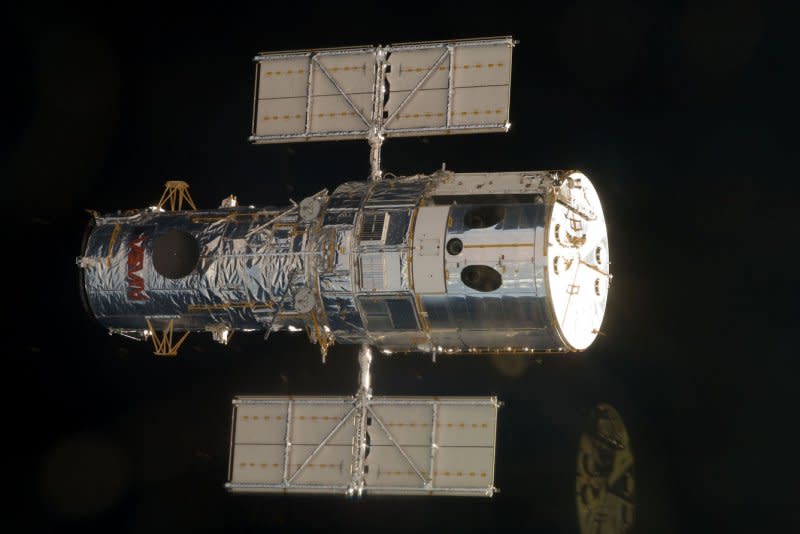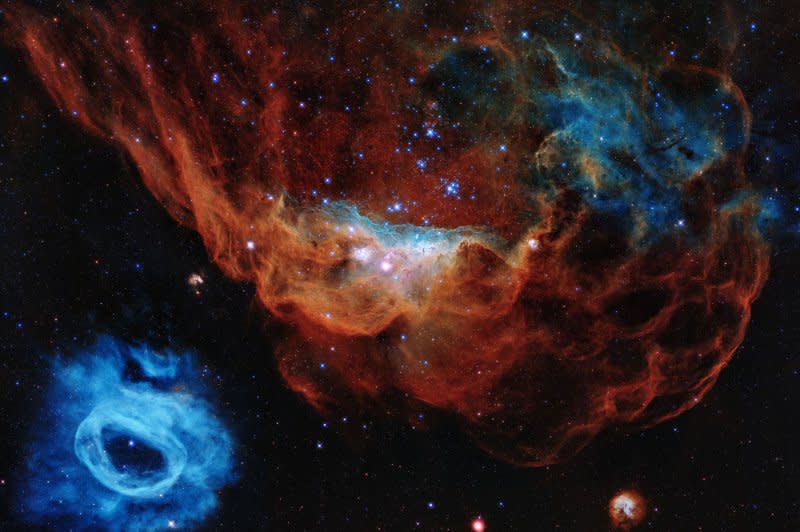NASA clears Hubble Space Telescope to go back to work after gyroscope issue

Dec. 7 (UPI) -- NASA will put the Hubble Space Telescope back to work Friday, after a weeklong delay in its mission to investigate one of the spacecraft's steering devices, the agency announced Thursday.
"Hubble's instruments and the observatory, itself, remain stable and in good health," a release from NASA said.
Scientists were looking into the telescope's "gyroscope systems," which are used to turn the craft and point it in the right direction, and investigating why one of the gyros had become unstable, leaving the craft in safe mode.
"Gyros measure how fast Hubble is turning as it moves from one target (a star or a galaxy, for example) to another, and they help control the telescope's aim so Hubble remains fixed on a target as it's observing," NASA explains on its website.
The Hubble's gyroscopes are considered extremely stable and are sensitive to even the slightest movements.

NASA says Hubble has one of the most accurate pointing systems of any spacecraft in operation and can capture light from objects billions of light-years away (one light-year is 5.88 trillion miles). Those objects appear as specks a few pixels tall in the gyroscope's camera.
"Such observations require pinpoint accuracy and a fixed, steady gaze as Hubble speeds some 17,000 miles per hour (27,000 km/hour) around Earth," NASA says on the telescope's website.
"Hubble's pointing and control system is equivalent to keeping a laser shining on a dime over 200 miles away for however long Hubble takes a picture -- up to 24 hours. Any movement beyond that level of accuracy would make the image blurry or throw Hubble off the target.
NASA said Hubble is equipped with a three gyro system, but is capable of operating with one if it needed to.
"After analyzing the data, the team has determined science operations can resume under three-gyro control," NASA said. "Based on the performance observed during the tests, the team has decided to operate the gyros in a higher-precision mode during science observations. Hubble's instruments and the observatory, itself, remain stable and in good health."
An emergency gyroscope issue caused Hubble to enter "safe" mode on November 23rd when one of the gyro's sensors gave a false readout. When it's in safe mode, science operations are suspended, the gyroscopes become inactive and won't steer the Hubble, which then waits for new directions from the ground.
While remarkably stable, the Hubble's gyroscopes do fail over time due to wear and tear on metal wires called flax leads that are about the width of a human hair. They carry power into the gyroscope and data out of it and, over time, begin to corrode and weaken or even break.
The spacecraft had six new gyros installed during the fifth and final space shuttle servicing mission in 2009. As of now, three of those gyros remain operational, including the one that was unstable.

